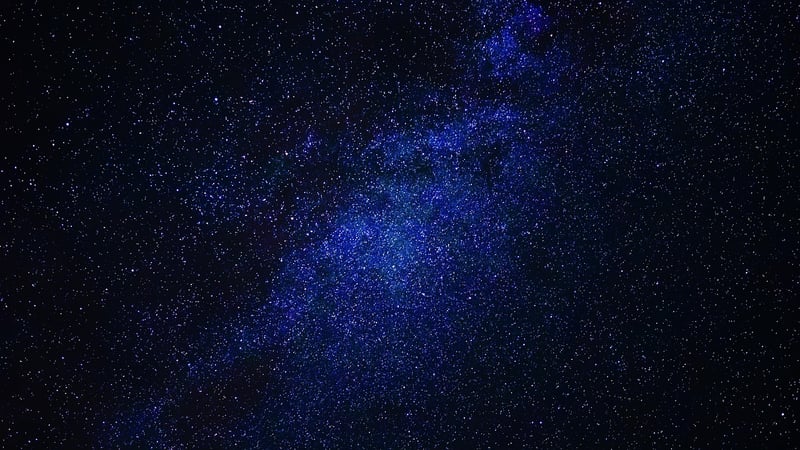Cosmic Ripples
Ripples in the Fabric of Space-Time
Space-time, the interconnected fabric of the universe, can be thought of as a trampoline-like surface that can be warped and distorted by massive objects like stars and black holes. When these massive objects move or change speed, they create ripples in space-time that propagate outward, much like dropping a stone creates ripples on the surface of a pond.
What are Cosmic Ripples?
Cosmic ripples, also known as gravitational waves, are the actual physical waves that travel through space-time when it is disturbed by the movement of massive objects. These waves were predicted by Albert Einstein in his theory of general relativity, and their existence was finally confirmed in 2015 by the Laser Interferometer Gravitational-Wave Observatory (LIGO).
Key Points about Cosmic Ripples:
- Gravitational waves are extremely faint and can only be detected by highly sensitive instruments.
- They travel at the speed of light and carry information about their violent cosmic origins.
- Studying gravitational waves can provide insights into events like the collision of black holes and neutron stars.
Implications of Gravitational Waves
The detection of gravitational waves has opened up a new window into the universe, allowing scientists to observe phenomena that were previously invisible. By studying these cosmic ripples, researchers can learn more about the nature of gravity, the behavior of black holes, and the evolution of the universe itself.
Future of Gravitational Wave Astronomy
With ongoing advancements in technology and the construction of more sensitive detectors, the field of gravitational wave astronomy is poised for significant growth. Scientists hope to detect even fainter signals from a wider range of cosmic events, further expanding our understanding of the cosmos.

Exploring the mysteries of cosmic ripples continues to be a fascinating area of research that promises to unveil more secrets of the universe in the years to come.
